Fresh from a wet weather ride where he appeared to be wetter on the inside than the outside, Sanny sets off to find out what ‘waterproof clothing’ actually means and why it might not work quite the way we expect it to.
Words Sanny Photography Sanny [unless credited]
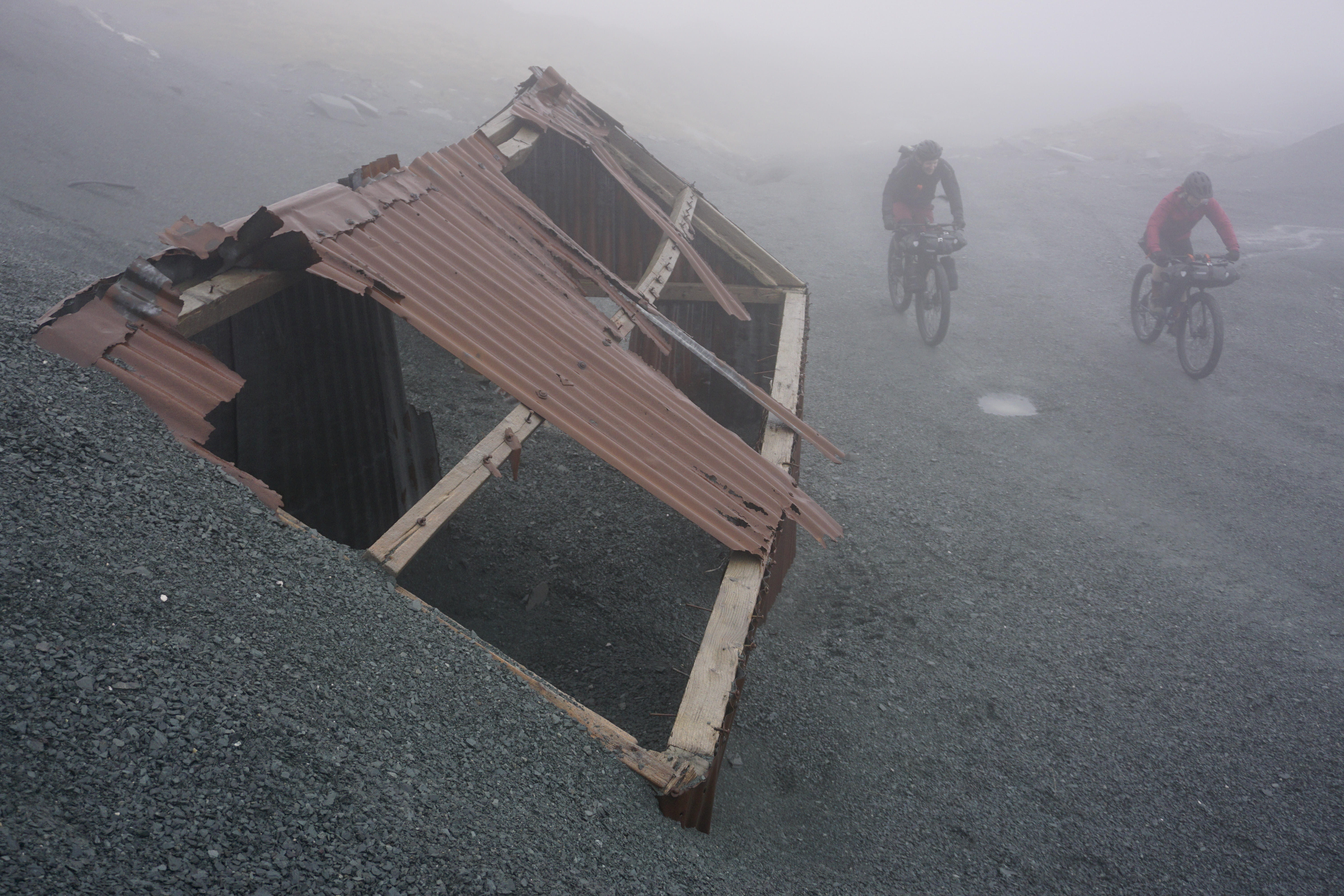
Unless you happen to be reading this from the comfort of your sun lounger somewhere in Southern California while sipping on a cheeky afternoon mojito, having just finished brushing the trail dust off your bike, chances are that you will be well acquainted with the vagaries and quirks of the British climate. Warm and wet? Check. Cold and wet? Check. Bloody sopping wet and miserable where you cannot tell where your snotters end and the rain begins? Check. To be blunt, we enjoy/endure (delete as applicable) an awful lot of ‘textured mist’ in this fair land of ours. If you are a mountain biker, you know that there really are only two types of weather: raining and not raining yet.
It is a brave rider who ventures out without a waterproof of some sort. Heck, even during the recent heatwave, I would still pack a jacket, as my mum would say, just in case. I’m pretty sure that there is some deep-seated psychological underpinning to this compulsion of mine to always be prepared but as I am a Jungian and not a Freudian, no more crying to mummy about the weather eh?
Latest Singletrack Merch
Buying and wearing our sustainable merch is another great way to support Singletrack

But why am I still wet?
Encased in our suits of waterproof armour, we feel ready to do battle with the worst that Mother Nature can throw at us but leave it a while and there comes a nagging sense that our waterproof apparel isn’t keeping us quite as dry as the manufacturer-led claims of 100% waterproof construction and maximum breathability would have us believe. So have we been sold a pup or is there a lot more to the challenge of designing and manufacturing waterproof clothing than the regular biker on the trail might know or realise? Only one way to find out. Bringing together a cross-section of some of the most experienced heavy hitters in the industry, I picked their brains in order to better understand waterproofing and breathability and how they translate into the real-world riding experience.
Enter stage left the not so Vicious Six. [You’ve just been to see Minions again, haven’t you Sanny? – Ed] Chances are you’ve never heard of them, but they are all acknowledged experts in the field of waterproof fabrics and product design so their knowledge, experience and opinions matter.
Ian Martin is VP Product for Squamish-based clothing manufacturer borne out of Arc’teryx, 7mesh; Ronnie Legg is Head of Clothing Design at UK Online Retailer of the Year, Alpkit; James Zhu is Managing Director of China-based DexShell who specialise in waterproofing for your head, hands and feet; Amy Spencer is Head of UK-based Altura, which this year celebrates 25 years in the industry; while last, but not least are Chris Blackwood, European Marketing Leader for Gore Fabrics Division and Jürgen Erd, Product Leader at GORE® Wear.
I asked the questions; they gave the answers which were illuminating, surprising and fascinating in equal measure. If, dear reader, you think you know everything there is to know about waterproofing, it may be time to go back to school.
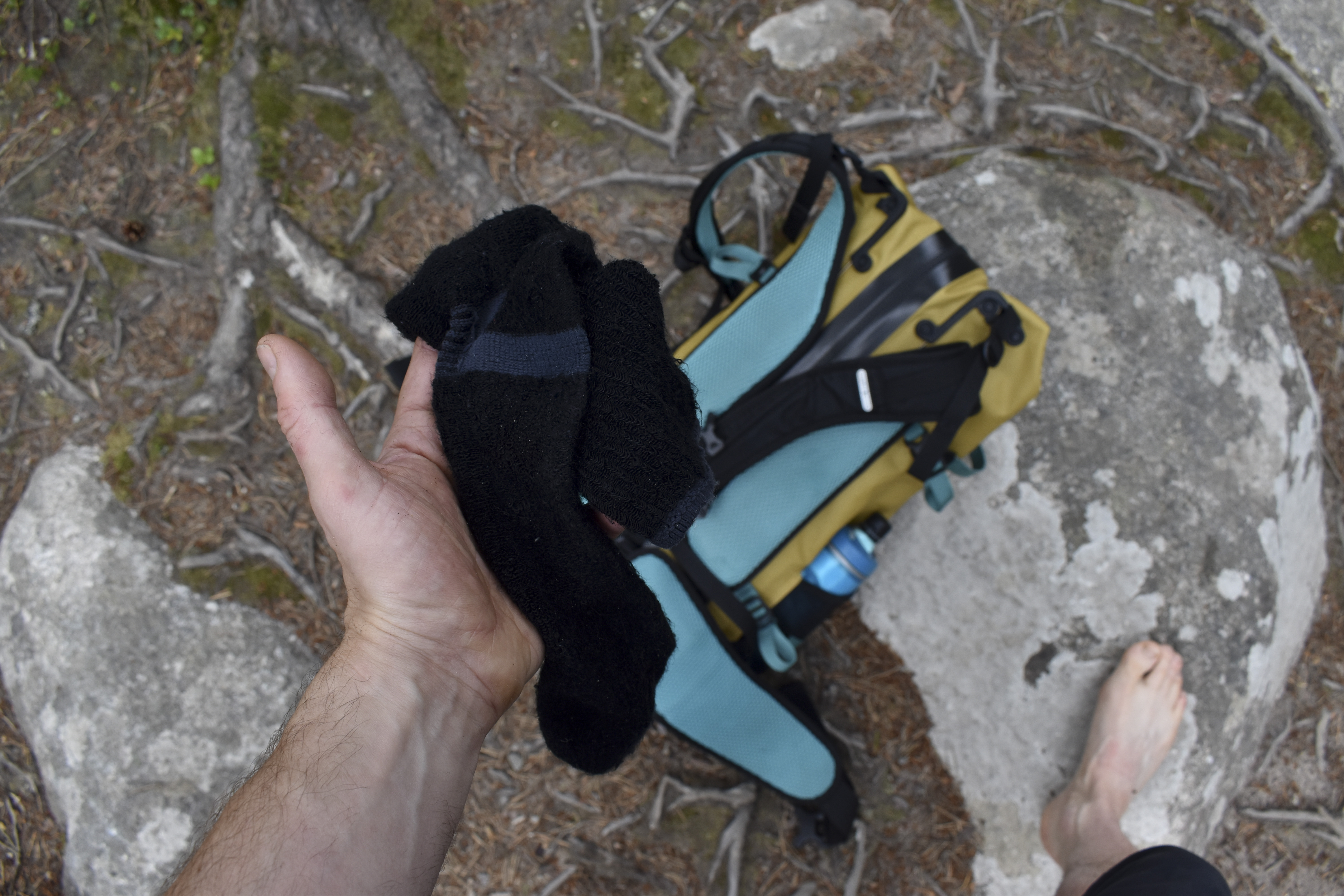
What does ‘waterproof’ actually mean in the real world? How do you test it in the lab and how does that translate into real-world user experience? Is the best fabric for riding in the wet always necessarily the most waterproof?
Ian, 7mesh – This is a difficult one as there are lot of factors that make a garment waterproof. For example, if it’s a waterproof fabric, but not breathable then you will probably get more wet from condensation on the inside than if the fabric was less waterproof and more breathable.
First things first, different riders and different climates need to be treated differently… Do you sweat a lot? Are you riding in the cold, or warm? Is it just a bit wet and muddy or full-on Squamish soaked?
A lot of garments come with the level of measured waterproofness advertised, but this is where things get confusing and people can get lost in the numbers. There are many different membranes which can show the same waterproofness numbers, but perform differently on the bike. For example, some soak up water and some do not, and this has a great impact on how they feel in the saddle. Likewise, DWR (durable water repellency) finishes play a very important role in how the garments work and, since 2008, these have changed dramatically.
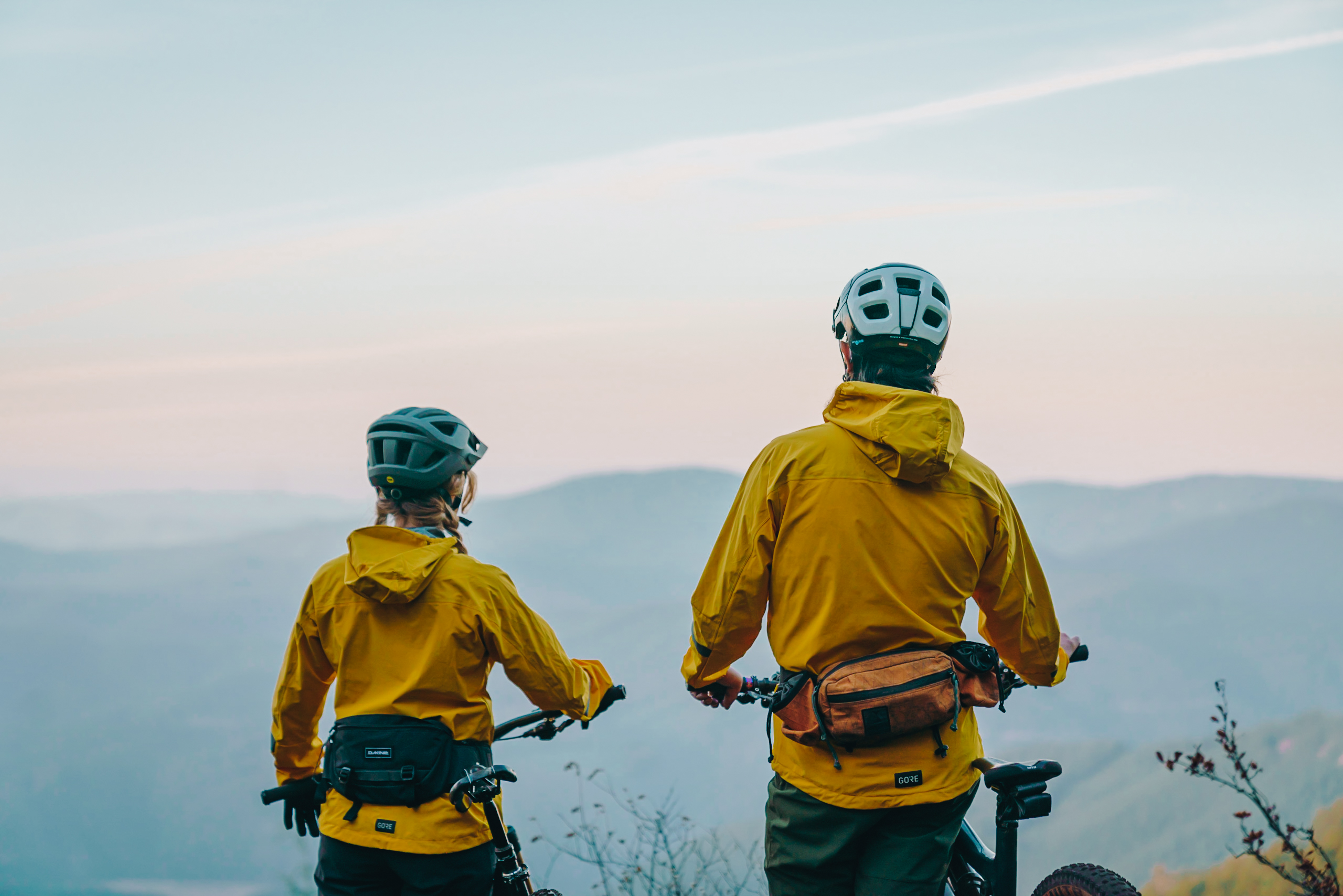
Chris, Gore – The general guideline for something to be waterproof is that it should be able to withstand the kind of pressure that it will experience in real use. That is estimated to be at around 16 metres on a water column test, which equates to being in the region of around 22psi. A real-life example of this kind of pressure would be an average-sized man kneeling on the wet ground while wearing a fully loaded rucksack. The pressure through his knee would be in the region of 22psi. All GORE-TEX® laminates are tested to withstand a minimum of 28m, which is around 40psi.
The other side to waterproofness is durability. Some fabrics deteriorate after wear and washing, so the key thing to look at is the durability of the material. It should perform and remain waterproof from day one to the end of its life.
James, DexShell – When claiming a product is waterproof, this only means that the fabric and/or membrane is waterproof. It does not necessarily mean that water cannot enter the garment from the various holes for the feet and/or hands. With care in wearing this can be minimised.
What does breathability mean in the real world for the rider? How do you test and measure it? How dependent is it upon body temperature and the external environment?
Chris, Gore – We measure breathability using a method called RET, which measures the resistance of a fabric to heat transfer. The test uses a sweating hotplate to simulate sweating skin, moisture vapour is produced and this is measured as it passes through the fabric to show how resistant it is to heat transfer. The test is independent and was developed by the Hohenstein Institute; when they developed it they combined the study with human subject testing, so the lab results can be correlated to real life situations.
Essentially they have data to show that, depending on how much moisture is transferred through a fabric, it will have a quantifiable impact on the comfort of the wearer. In reality, it is hard to say exactly how comfortable someone will be in one garment compared to another, as all of our physiologies are different – it all depends on body mass, gender, age, environment that we live in, etc. We can, however, show if one fabric moves sweat and heat better than another.

Ian, 7mesh – There are some very complex testing standards, but the numbers can sometimes lie because they are usually generated in a lab environment and not on the bike. The best garments are made from membranes that are hydrophobic microporous membranes, a small open structure that allows water vapour to pass through but not water. They are also made from a material that does not suck up water and become a sponge.
The second factor that affects breathability is the surface coatings – you want the garment to be dry on the outside, so DWR is important. If the outside surface wets out too much, the wind passing over the surface of the garment as you ride will evaporate the water and have a cooling effect. This cooling can cause condensation to form on the inside as the water vapour changes into water before passing through creating a wet interior environment. This balance is ever-changing throughout a ride as temperatures and humidity outside and inside the garment change.
Ronnie, Alpkit – The real-world rate of breathability is significantly affected by the temperature and humidity on either side of the fabric (i.e. the inside and the external environment). The hardest condition for almost every type of waterproof technology is when there is very little difference between the internal and external conditions: i.e. warm and wet. That is because there is very little concentration gradient driving the transfer of water molecules through the fabric. Another confounding factor is air flow. High air flow (i.e. wind) causes faster evaporation from the surface of a jacket, which aids moisture transfer, but also causes convective cooling. The layers worn under a waterproof layer play a significant part in how comfortable you feel.
Why is it that even with the most breathable fabric, we can still sometimes end up getting wet when we ride?
Ronnie, Alpkit – There are some irrefutable laws of physics. If warm moist air hits a cold surface, it will condense quicker than it can pass through that surface (even if it is breathable). If the rate at which moisture is building up (i.e. you’re pedalling hard uphill) exceeds the speed at which it can be transferred out through the fabric, then the equation is unbalanced and you’ll begin to feel dampness build up inside.
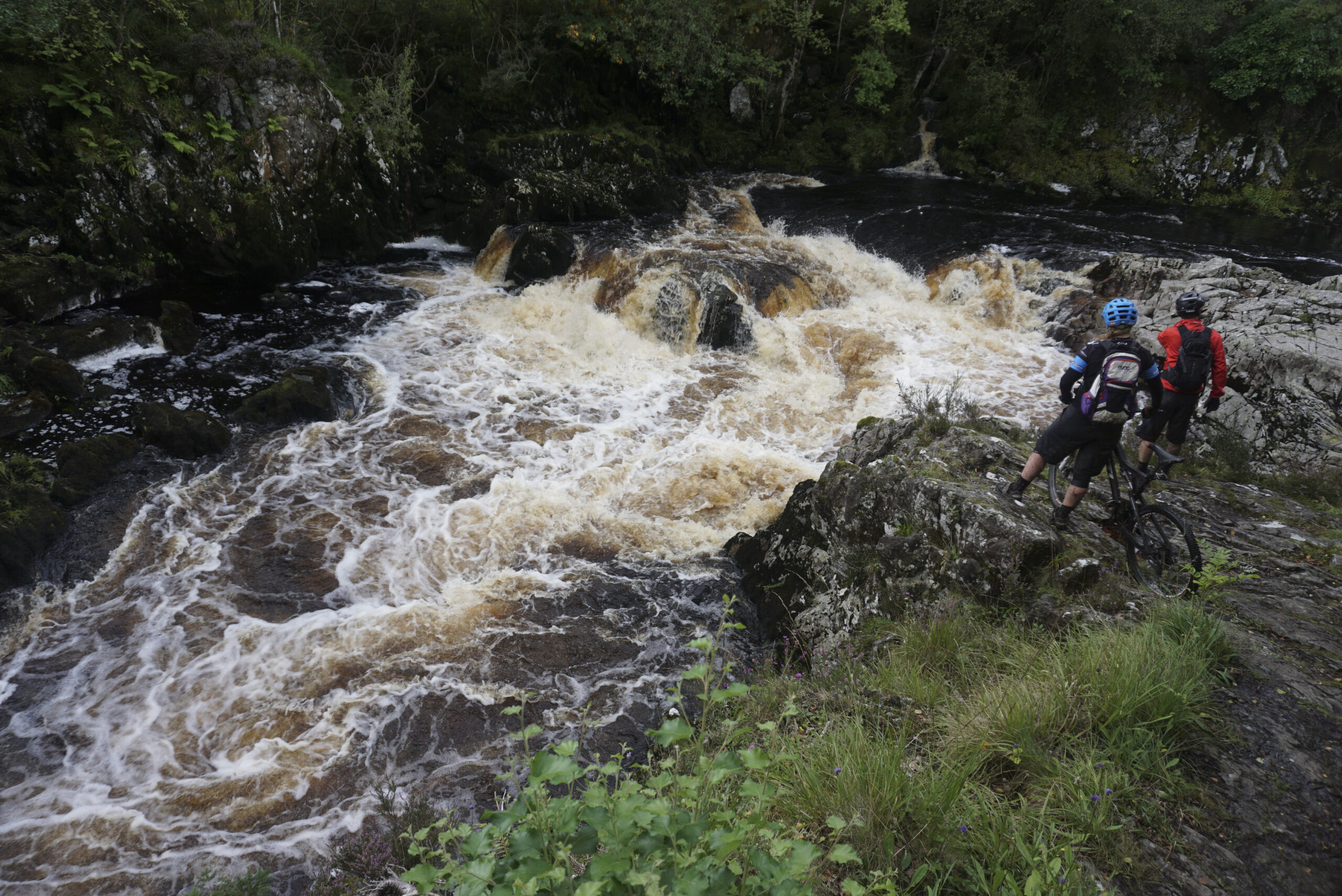

There is also the ‘Marigold’ effect, where if there is significant water present on the outside of a fabric the inside can feel wet to the touch – even though it isn’t. Try it with a pair of washing up gloves. The other factor is that breathable fabrics can’t let moisture escape through a non-breathable surface above, e.g. your saddle, back or hip pack panels, which can prevent any moisture escaping, causing you to feel damp.
Amy, Altura – A DWR coating is added to the outside of garments to help the rain glide off the jacket, reducing pressure on the membrane and allowing the air to escape. It is incredibly important to ensure the DWR on your jacket is working properly – you can visibly see this as the water beading up on the outside of the jacket and running off. If this stops happening and you see the fabric ‘wetting out’, then you will need to clean your garment and reapply the DWR as the microscopic holes that release the water vapour from the jacket are getting clogged up.
What steps do you take to ensure that your waterproofs are as environmentally friendly as possible?
Chris, Gore – We offer recycled face and backer fabrics, as well as solution-dyed options where around 60% less water is used in the dyeing process.
We offer DWR treatments that are free of PFCs of environmental concern. GORE-TEX® products are designed to be durable and long lasting. Product longevity has one of the biggest impacts on the environmental footprint of a product – keeping it in use and extending its life is better for the planet.
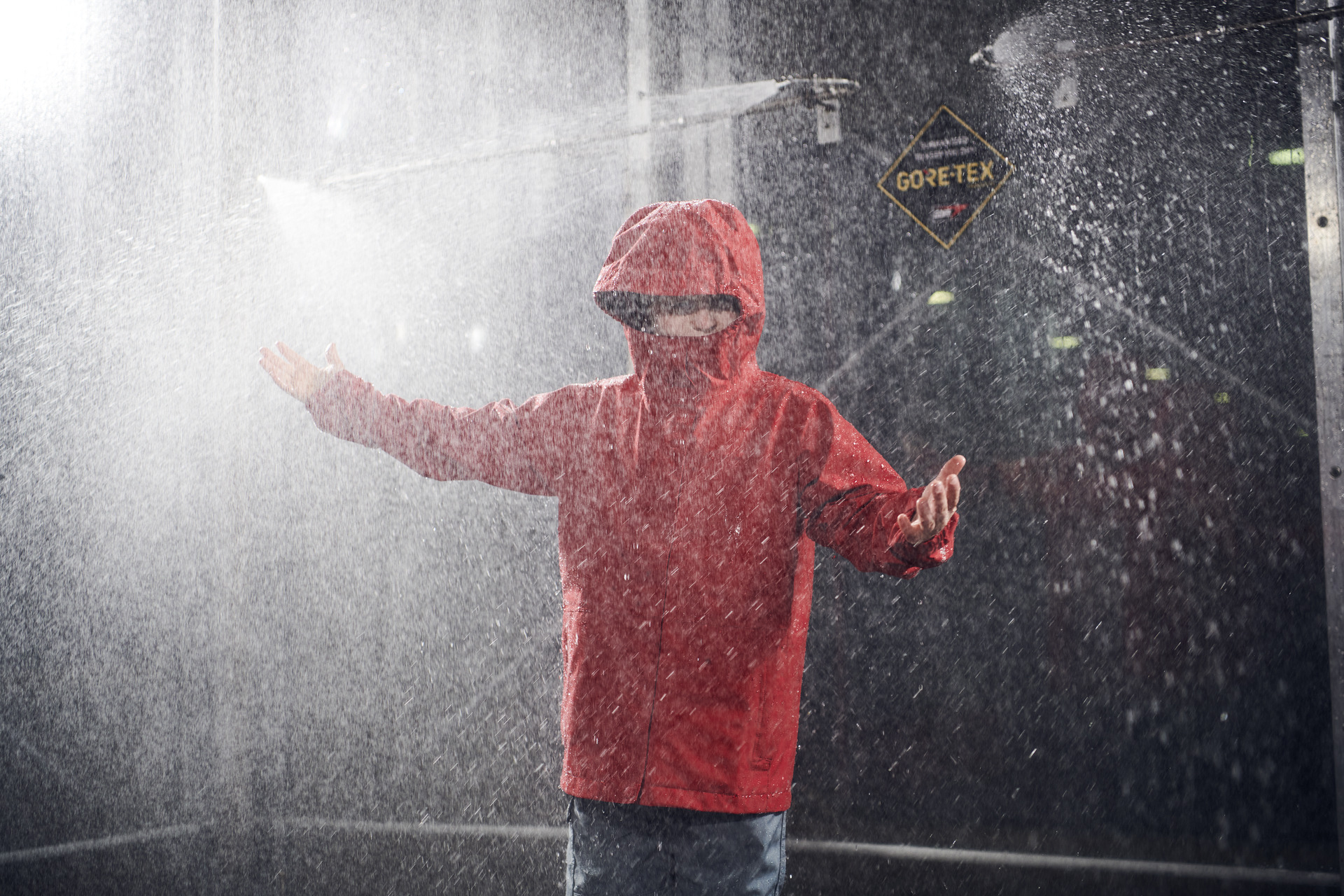
Aftercare is critical to extending the life of a product and we actively promote the washing and reproofing of garments and footwear. More importantly, it’s easy to do. We also work with authorised repair centres in each country; GORE-TEX® garments can be repaired, again extending their useful life.
James, DexShell – An often overlooked aspect of producing environmentally friendly products is the question of durability. If products do not last long, not only do consumers rightly feel short-changed but the cost, in environmental terms, of producing replacements needs to be considered. As such DexShell produces durable, long-lasting products that do not need regular replacement. This is backed up by a lifetime warranty.
Ronnie, Alpkit – We only specify PFC-free DWR on our fabrics, as there is evidence that PFCs break down into toxic chemicals which accumulate in the environment over time. We also no longer use ePTFE-based membranes in our waterproof fabrics, as the production of these also releases PFCs. We are switching to recycled fibres for the face and back textiles of our fabrics wherever possible, without causing a reduction in long-term durability. Every decision we make includes considerations for how we make gear that lasts longer, and can be repaired.
Given a blank page, what you say would make for the ultimate waterproof fabric? Does it currently exist? If not, how close do you think we are to creating it?
Ian, 7mesh – Hydrophobic, very breathable, very durable, without the need for toxic chemicals and surface treatments to keep it dry. We have something we are working on…
Amy, Altura – If we are aiming for the ultimate waterproof fabric then I think the ideal is to respond to the environment it is being worn in, as well as reacting to the individual rider wearing it. We are all unique and have different requirements for our jacket, each adventure is different and the way our bodies react to heat, cold, and wet conditions can change on a daily basis. The fabric would be able to open up and become more breathable when we needed it to, and to close up again when we are facing a harsh cold wind. I understand different universities and research facilities are already looking into this, but I haven’t seen it in a fully formed fabric yet!
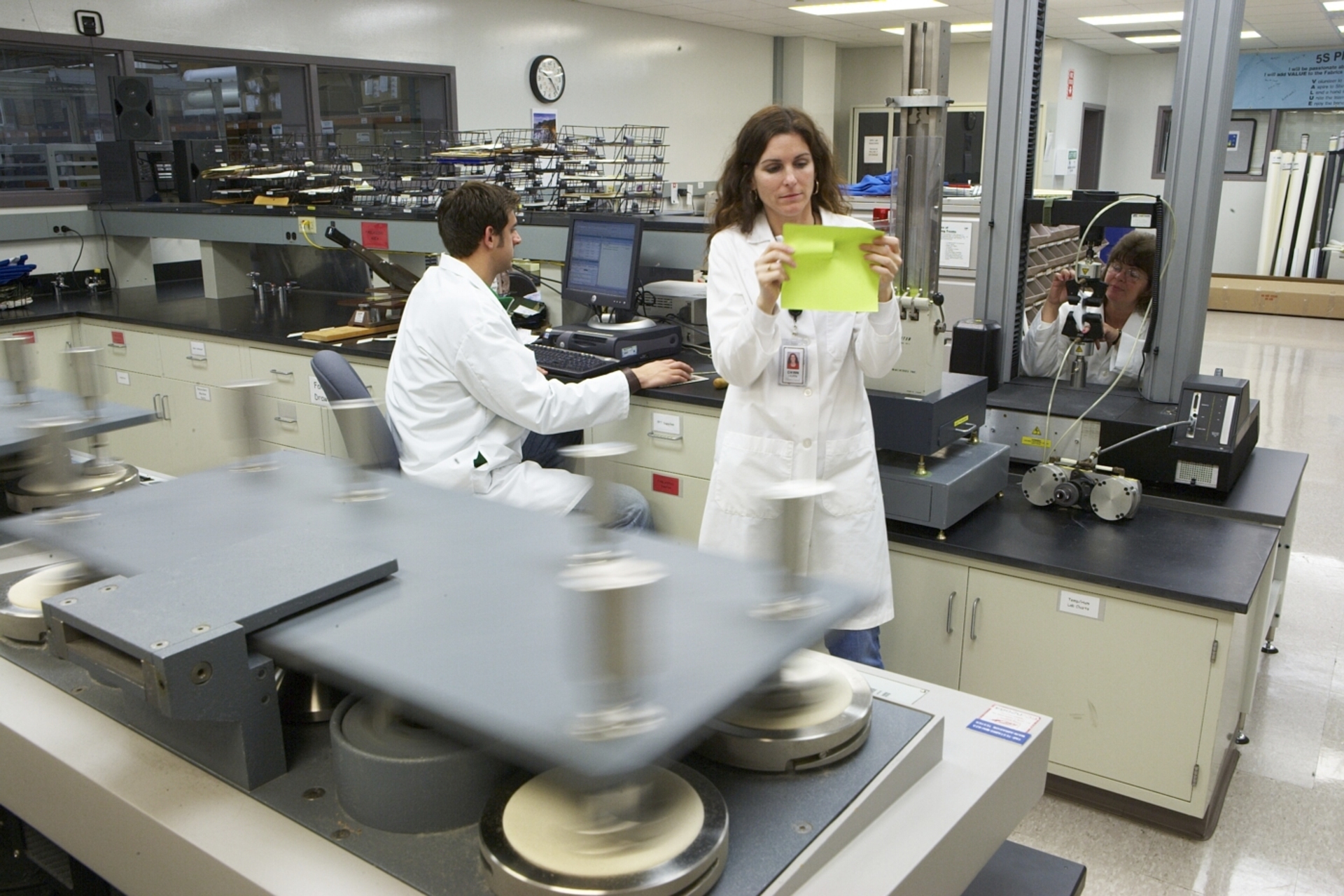
Chris, Gore – I don’t think the ultimate waterproof fabric exists yet. There is a flaw in almost every technology out there, whether it’s durability, environmental impact, or comfort. I’m lucky enough to work with some of the cleverest people at the cutting edge of fabric innovation, who are creating new compounds to find better and more sustainable solutions to make waterproof breathable fabrics. None of this is easy or fast, and there are many false starts and dead ends. That’s what innovation takes: a whole lot of failing to find something that works.
Nature has already cracked it: human skin is waterproof, breathable and really flexible. Unfortunately us humans haven’t evolved our thermal systems enough to avoid getting cold when our skin gets wet.
When it comes to designing waterproof clothing for riding in, what are the key design factors you take into consideration? Fabric choice? Hood design? Taping design? Cut? Pockets? In-built venting? Ease of adjustment?
Jürgen, GORE® Wear – If designing a MTB jacket, it needs to be durable, suitable for riding with a pack and for brushing past overgrown trail. Equally, it needs to be lightweight and packable so you can store it in your pack and breathable enough so you can wear it in a wider range of weather conditions. At Gore we have a range of different GORE-TEX® fabrics that have been developed for different types of end use. These different fabrics will offer different levels of durability, waterproofness, breathability and weight.
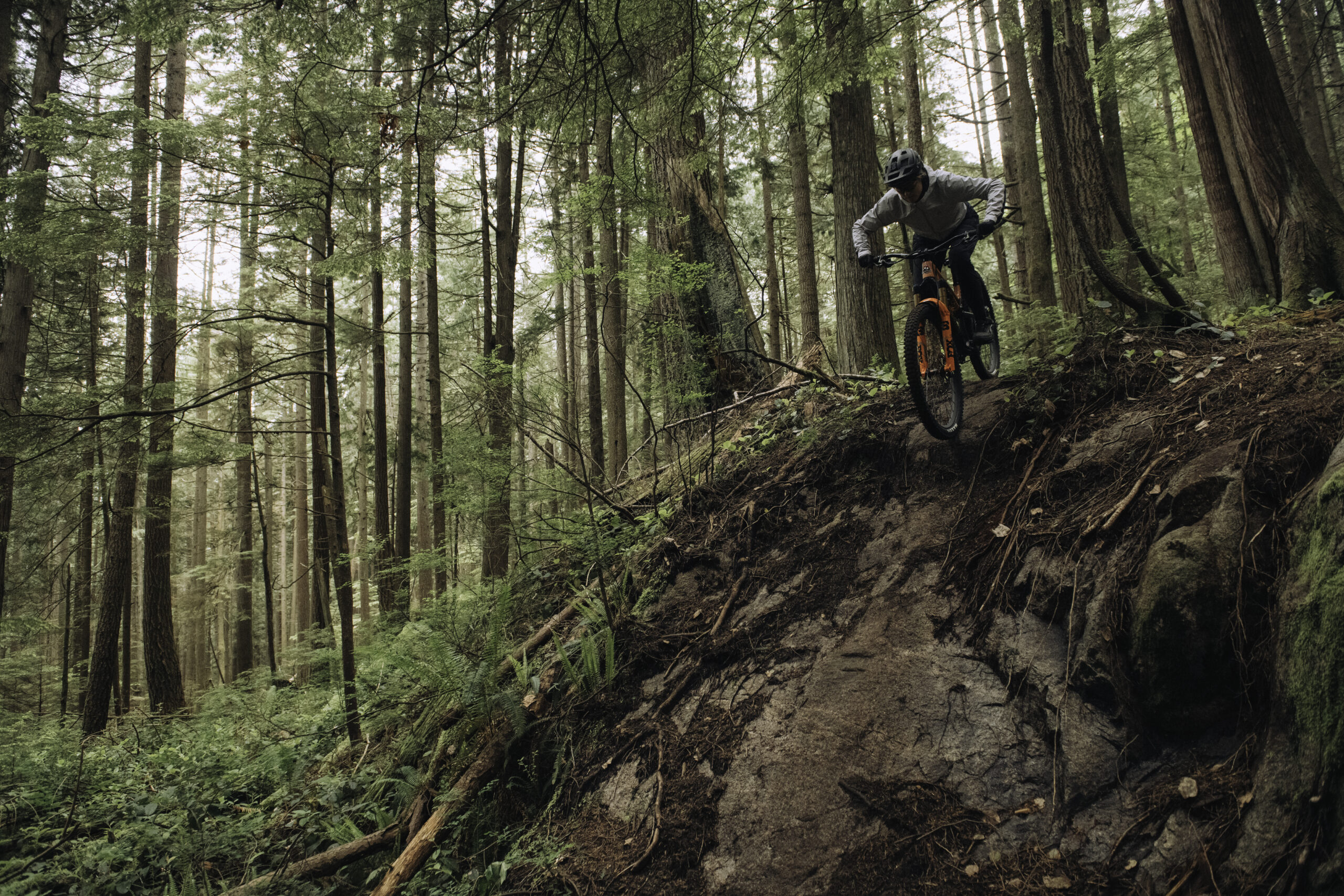
Ian, 7mesh – Loaded question… We usually start with a fabric that helps us solve a problem. It is usually the same problem of moisture management. Improvement in this area is very incremental for the most part but, as environmental standards change and surface treatments become less effective, we are getting very creative in how we can manage moisture in different ways. Of course, design and fit are also very much linked to performance, without one of these three factors getting the highest level of attention the garment will not work to our standards.
James, DexShell – Regardless of what type of bike you ride or where you ride it, comfort will always be a key factor for the rider and for those of us producing the clothing they wear. A comfortable rider is a happy rider and a happy rider is a fast rider right? So comfort is definitely key. Weight should also be considered but in our case, weight is less of an issue for socks, for example, than it may be for a jacket.
Amy, Altura – The way a rider sits and moves on a bike is incredibly important and waterproof clothing needs to accommodate this. If you think about the way the geometry of a bike can change for each discipline, then the cut of a piece of clothing can be just as dramatically different.
What would you say would constitute the ultimate riding waterproof jacket?
Ian , 7mesh – We are kind of biased, but… low water pickup, high durability, lightweight, some stretch, high breathability, low environmental impact, and max waterproofness… and, of course, it lasts so long you only ever buy one. Of course, all these elements contrast and affect each other, but we are always dreaming and working on the next thing!
Amy, Altura – I’d say the perfect jacket would be one which you don’t notice you’re wearing – it keeps you dry when it’s pouring with rain and the mud is splashing in all directions, and it allows you to breathe when you’re climbing up the hill to get to the fun stuff. But most of all it does all this without you noticing so you can just focus on enjoying the ride.
Jürgen, GORE® Wear – The ultimate jacket would be one that you can wear in a wide range of weather conditions (wet, dry, cold, mild) and you barely notice you are wearing it. This is the easiest way to explain ‘comfort’ – if you can wear a product and not really notice it at all during a ride. A jacket that is lightweight and packable yet highly durable. One of the best ways we can manage our environmental footprint is product longevity. Keeping a jacket in use for longer, repairing it and looking after it is better for the planet.
Ronnie, Alpkit – I’ll leave that one for the readers I think!
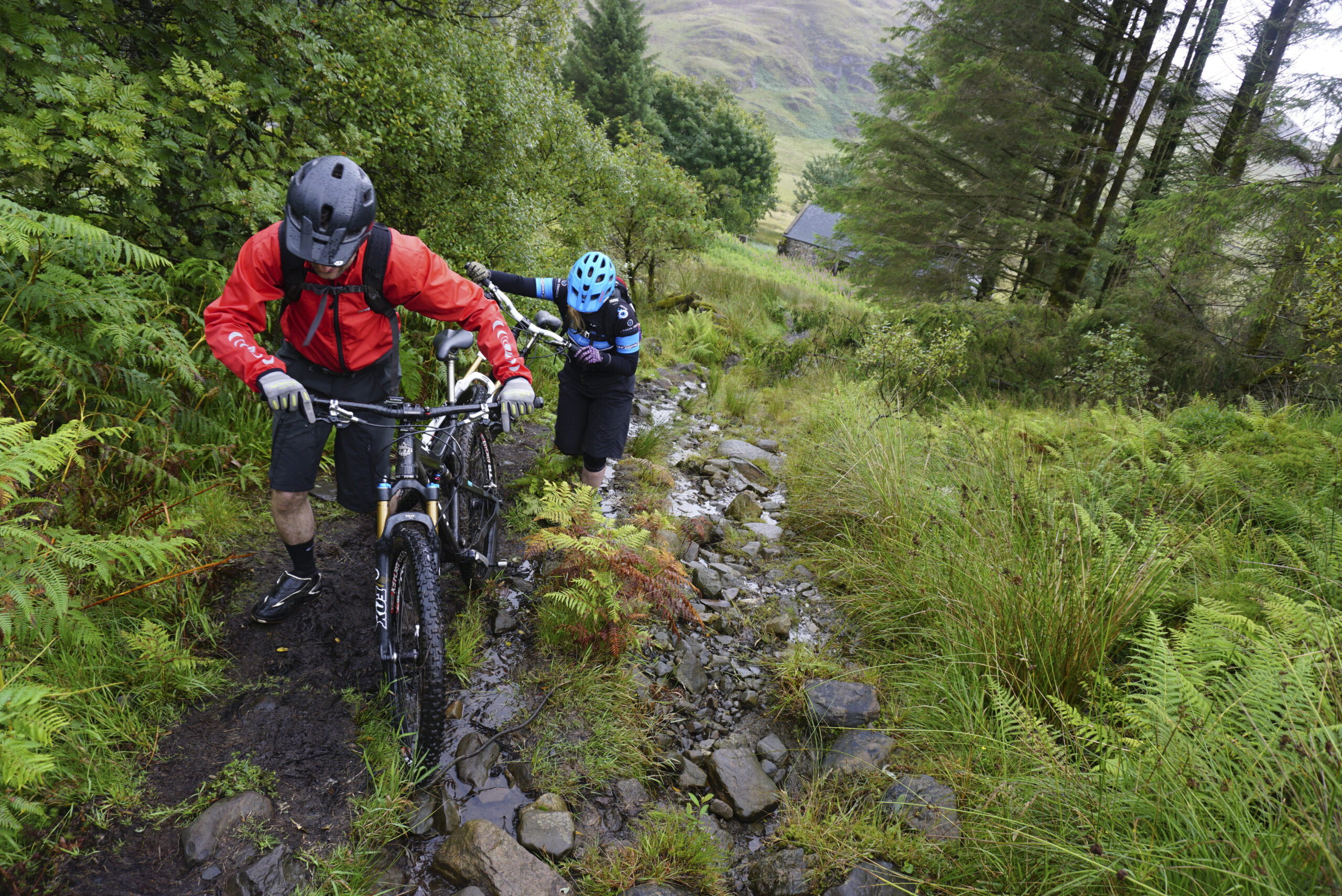
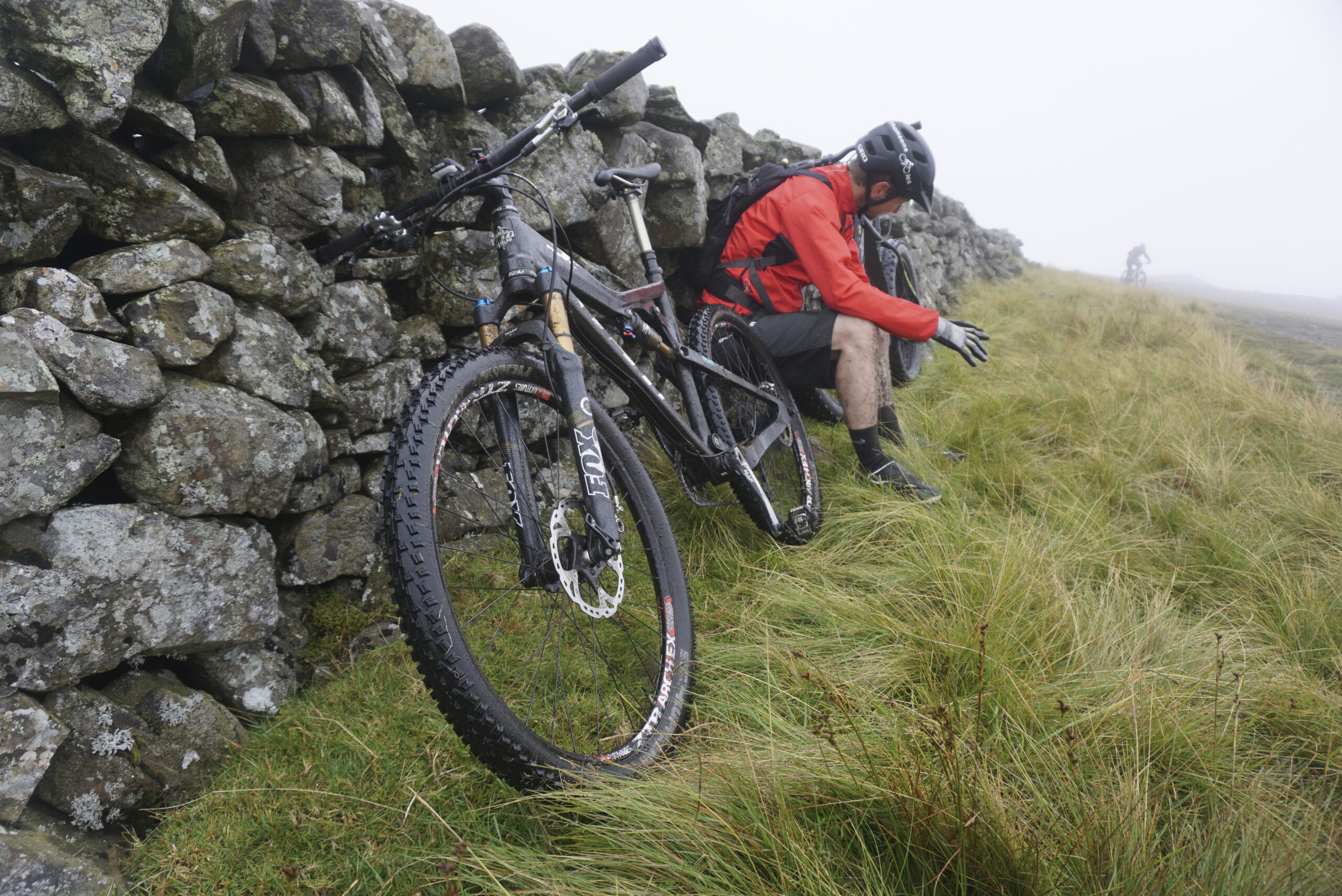
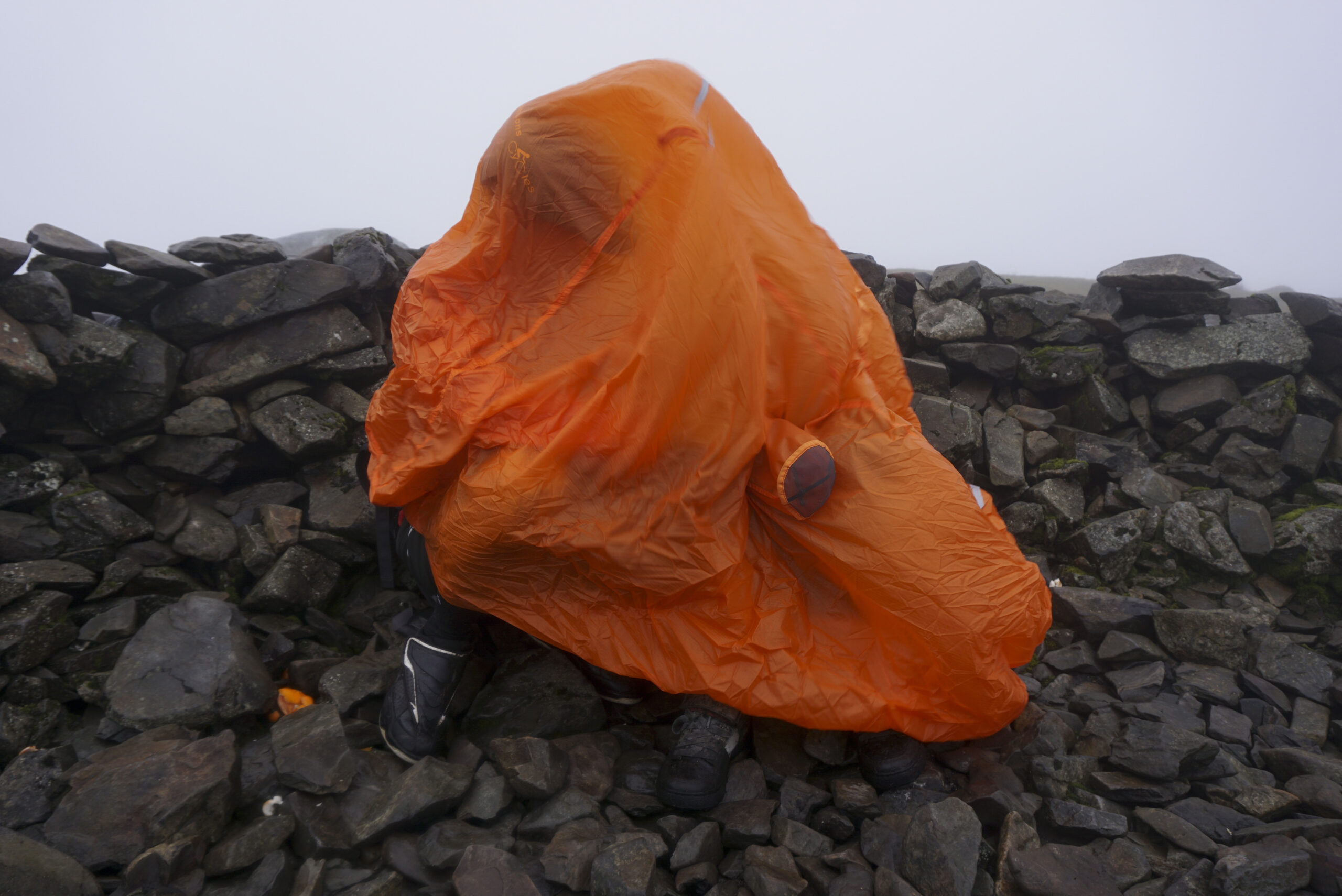
Final thoughts
So there you have it. What may seem like very simple and easy to answer questions are anything but. If this article has taught me anything, it is that I now have an even deeper level of respect for those involved in the field of waterproof design and manufacture. As users, our propensity to sweat as we ride our bikes in all types of weather differs widely and means there’s no ‘one size fits all’. All waterproof clothing is, by its very nature, a compromise.
The ultimate waterproof is a bit of a moon on a stick. It simply does not exist (yet), but it is heartening to know that there are people out there who are doing their best to change that. Until that time, keep riding in the rain. You will still get a bit wet, but boy, is it great fun.



